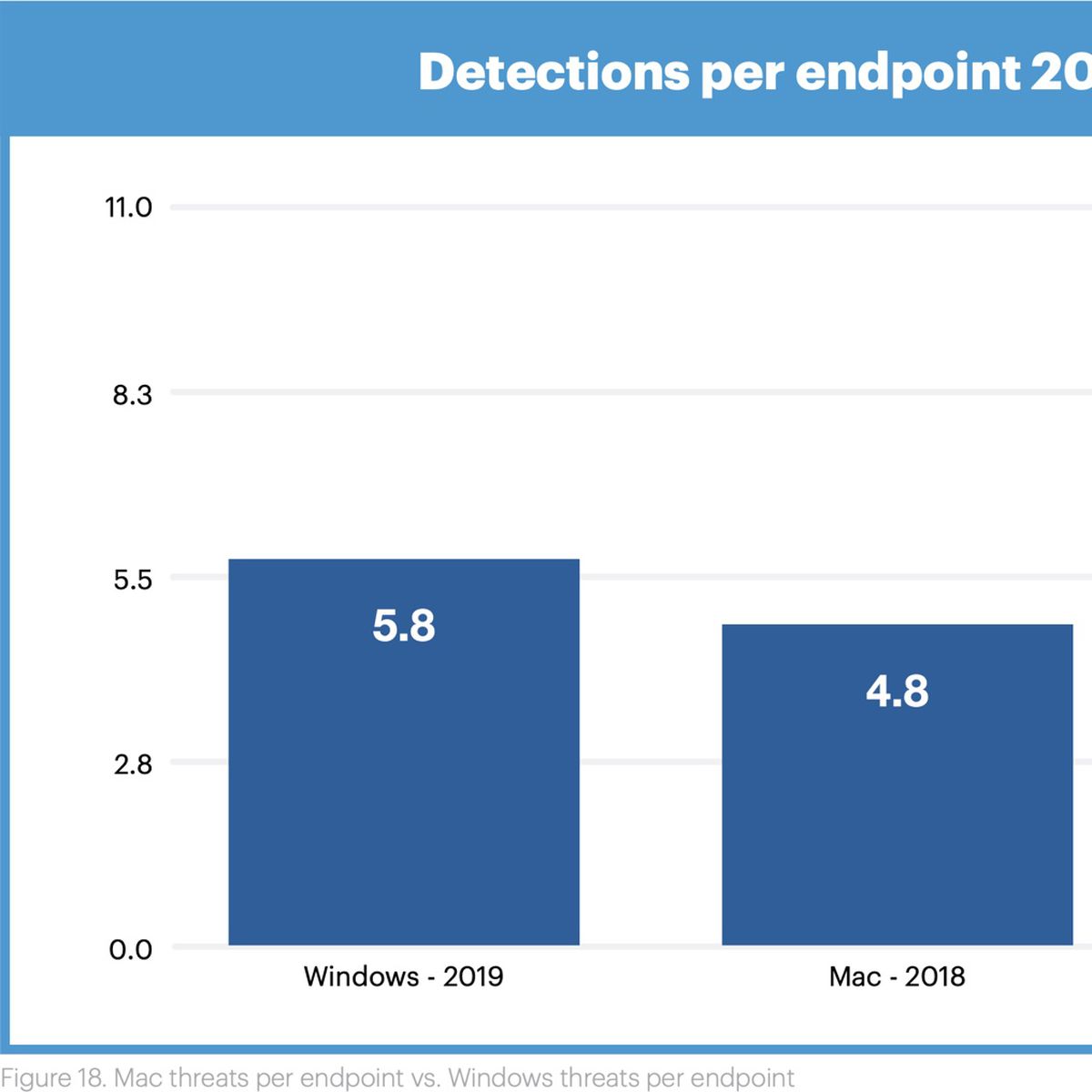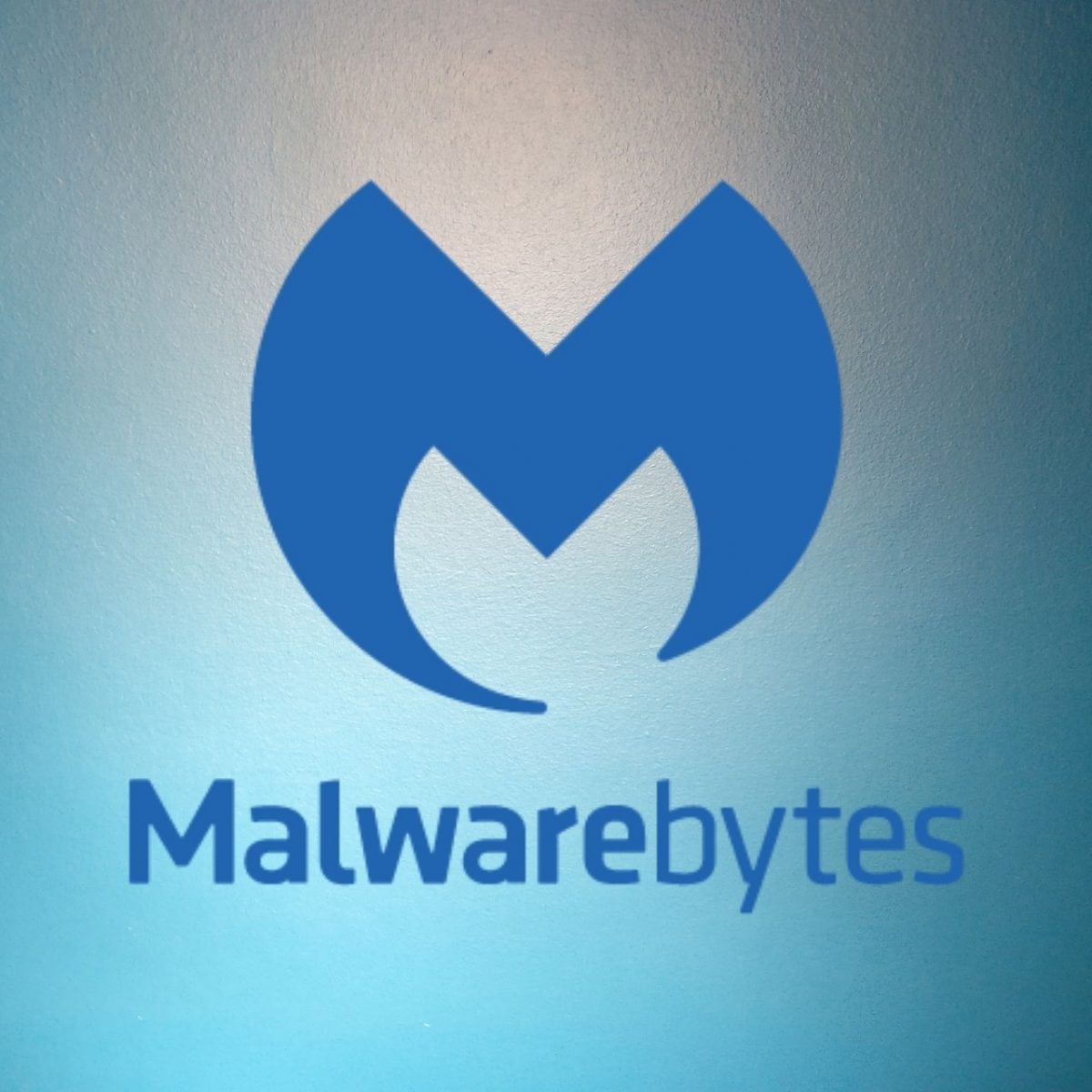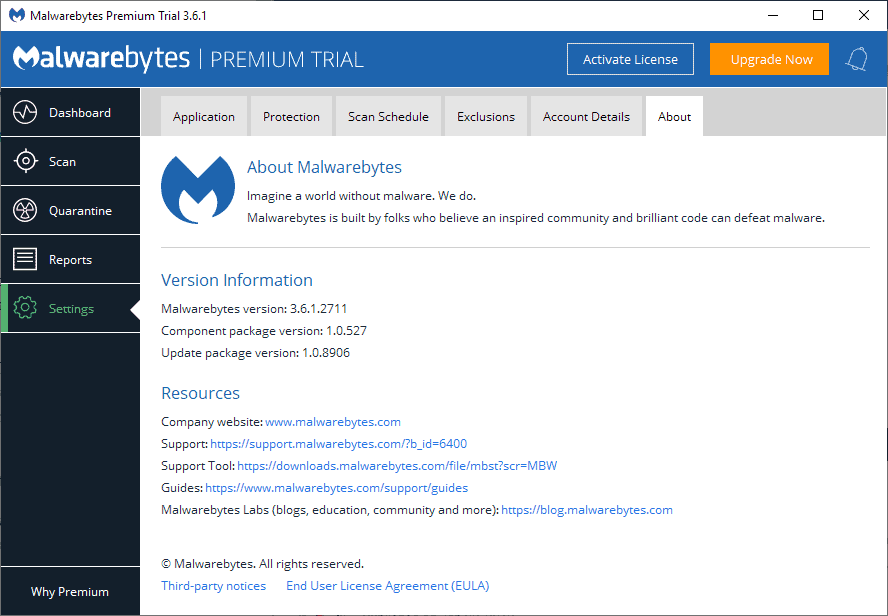
- MALWAREBYTES UPDATE PROBLEM 2019 INSTALL
- MALWAREBYTES UPDATE PROBLEM 2019 DRIVERS
- MALWAREBYTES UPDATE PROBLEM 2019 UPDATE
MALWAREBYTES UPDATE PROBLEM 2019 INSTALL
The workflow used to install a printer driver from a trusted print server on a client computer uses a different path. “The attack vector and protections in CVE-2021-34527 reside in the code path that installs a printer driver to a Server.
MALWAREBYTES UPDATE PROBLEM 2019 DRIVERS
You also have the option to configure the RestrictDriverInstallationToAdministrators registry setting to prevent non-administrators from installing signed printer drivers on a print server.
MALWAREBYTES UPDATE PROBLEM 2019 UPDATE
Microsoft recommends that you install this update immediately on all supported Windows client and server operating systems, starting with devices that currently host the print server role. This means that threat actors and already active malware can still locally exploit the vulnerability to gain SYSTEM privileges.

Several researchers have confirmed that the local privilege escalation (LPE) vector still works. It is important to note that these patches and updates only tackle the remote code execution (RCE) part of the vulnerability. The updates are cumulative and contain all previous fixes as well as protections for CVE-2021-1675.

Security updates have not yet been released for Windows 10 version 1607, Windows Server 2016, or Windows Server 2012, but they will also be released soon, according to Microsoft.

However, the installation of the Domain Controller (DC) role adds a thread to the spooler service that is responsible for removing stale print queue objects. Last week the Cybersecurity and Infrastructure Security Agency (CISA) urged administrators to disable the Windows Print Spooler service in domain controllers and systems that don’t print. In the event it turned out to be a bit of both.

The problem was exacerbated by confusion around whether PrintNightmare was a known, patched problem or an entirely new problem. PrintNightmare allows a standard user on a Windows network to execute arbitrary code on an affected machine, and to elevate their privileges as far as domain admin, by feeding a vulnerable machine a malicious printer driver. Serious problemįor Microsoft to publish an out-of-band patch a week before July’s Patch Tuesday shows just how serious the problem is. Yesterday, Microsoft issued a set of out-of-band patches that sets that aims to set that right by fixing the Windows Print Spooler Remote Code Execution vulnerability listed as CVE-2021-34527. After June’s Patch Tuesday, researchers found that the patch did not work in every case, most notably on modern domain controllers. Last week we wrote about PrintNightmare, a vulnerability that was supposed to be patched but wasn’t.


 0 kommentar(er)
0 kommentar(er)
